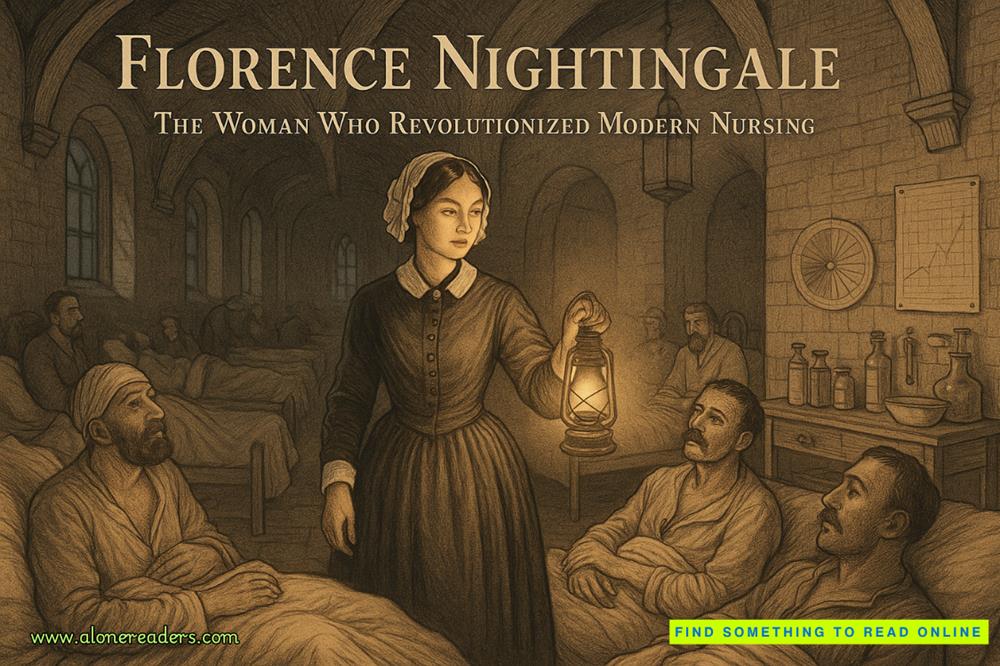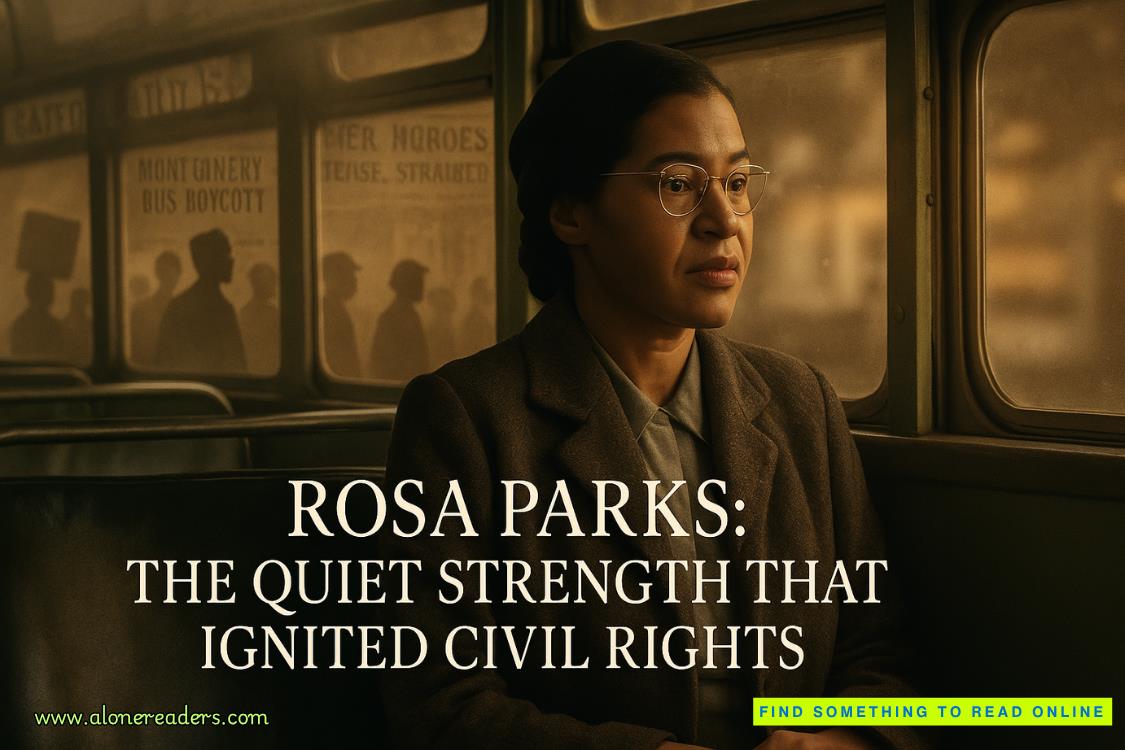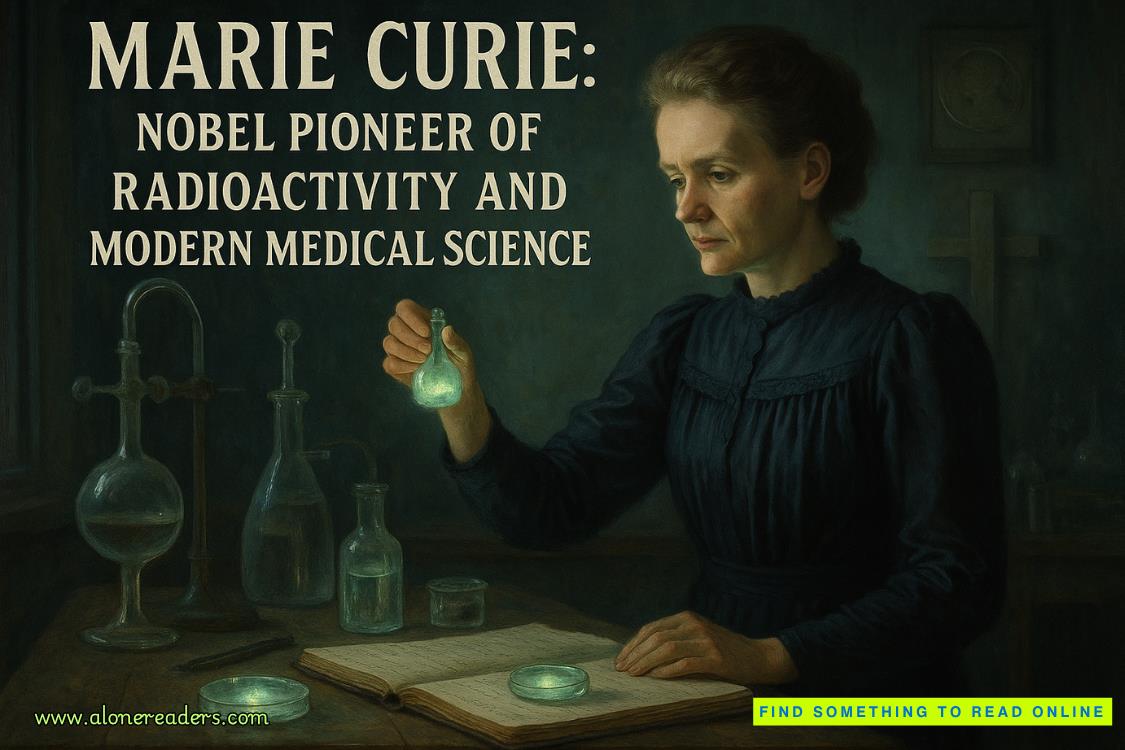Page 16 of The Killer She Knew
“The shouting match with Dean Groves.” Ford closed the file as a passing student careened a bit too close to the huddle they’d created. He craned his attention back through the glass doors. The tarp was gone now. Their crime scene was exposed, and there was nothing they could do to save it without putting their lives at risk. The marshal’s energy had returned, reinvigorated in the past few minutes. He’d lost a bit of the detachment investigators had to keep between them and the victims they fought for. One wrong step and Ford would find himselfpersonally taking responsibility for this case—for these victims—and there wouldn’t be a damn thing Leigh could do to stop it. “Her body was left in the same location as our current vic. You think Groves is trying to make a statement?”
“I think whoever killed Alice Dietz is familiar with the Elborne case and is using it to get our attention. Teshia Elborne’s investigation was never closed. Groves fled before police could learn more. But there has to be a reason the killer chose to bring us here. Why they chose to kill her how they did.” Was it coincidence Leigh had been drawn back to this university, that she’d been involved in the original investigation, or had that been the killer’s intention from the beginning? “Which means there’s a chance they’ve tried to replicate the investigation in more ways than leaving Dietz’s body in the same location as the last victim and using an MO we’ve seen before.”
“What do you mean?” Ford got that look again. He couldn’t read her mind and connect the pieces as fast as she could, an outsider when it came to working active homicide investigations.
“The arsenic and cyanide used to kill Teshia Elborne was traced to the university’s biomedical lab. In addition to the argument, police used that connection to narrow down their suspect pool to Dean Groves.” Leigh was moving to the back of Thompson Hall’s main floor, passing Ava and the group of students she’d joined to ride out the storm. She was safe for the time being. Leigh targeted the president’s office at the rear of the building. “He was a toxicology major. His research focused on the effects of poisons and other compounds at a cellular level, and his professors and several students witnessed an increase in his hours spent in the lab around the time of Elborne’s death. But the greatest predictor of violence is a history of violent behavior, and Dean was never violent. At least, not on record.”
“You alibied him for the night of her death,” Ford said. “Why?”
Leigh pulled up short of her destination. She wasn’t sure how to answer. How to overcome the shame and the guilt holding her in a vise with letting a man get away with murder. She’d tried. So many times. But that mistake had followed her into every case, onto every crime scene over her career. And she didn’t have the energy to talk her way out of it. She wanted Ford to keep looking at her as though she had the answers, like she was the one who could solve this case. She needed him to believe in her. “In my experience, not everyone accused of murder is guilty.”
Ford seemed to understand where they were headed. “But Groves had access to the arsenic and cyanide from the university lab used to kill Alice Dietz. Not to mention a relationship with the victim.”
Both of which could’ve been used against him. Used to frame him. But then why disappear all this time? Why not fight to clear his own name?
Ford didn’t have any trouble keeping up with her. Physically and mentally. He was more intuitive than he gave himself credit for considering this was his first homicide. Maybe one of these days he would get out of his own way and see he had more to offer in her arena rather than always responding too late, as he’d put it.
“The killer has recreated every other aspect of the Elborne case. The location of the body dump, the bleach used to clean the body, a victim who resembles Teshia Elborne. Why not this one?” Leigh ignored the executive secretary’s protests as she charged straight into the university president’s office. His outraged gaze locked on her as the president stood to confront them. “I need access to your biomedical lab.”
TEN
Durham, New Hampshire
Wednesday, October 9
4:12 p.m.
The university’s biomedical and bioengineering lab looked the same as she remembered.
A whole bunch of floating shelves stuffed with brightly labeled compounds, equipment and refrigerators she couldn’t begin to identify, and samples that could blow up this entire campus if mishandled. Despite the recent ten-million-dollar National Institute of Health research grant and the size of the university, the lab itself was nothing more than a slim, claustrophobic galley students could stretch their arms across and brush the opposite wall with their fingertips. The little desk space available was crowded with empty Tupperware containers, scales, pens, colored tape, glass test tubes, with tables and data taped within view of two computer stations. The whole lab resembled a forgotten galley kitchen, only this one had the potential to change the world.
“Oh, I get it. This is where the meth heads come to do their cooks when the police run them out of their basements.” Ford kept his arms by his sides as they navigated through the lab behind her, which was amusing in and of itself. His mass didn’t belong in a place this tight, even when trying to make himself smaller. In vain.
The president of the university pulled on the lapels of his coat as he turned to face them from the dead end of the lab, a single rain-streaked window at his back. The fluorescent light bars overhead did nothing to soften the impatience and resentment in his features, only adding a sickly color to his skin. “This lab is responsible for recent progress in cancer treatments and major depressive disorder, Marshal Ford. The researchers here have created implantable devices to deliver much-needed medications that won’t be rejected by the human body. Every project produced by this lab has massive potential benefits in the health field.”
“Who has access to this room?” She’d noted the security measures on the way in. No cameras. Each door in the building required a six-digit PIN, most likely unique to individual users, but they’d been forced to use one of two manual keys carried by the university president and security. There were any number of places their unsub could procure arsenic and cyanide, but she couldn’t discount the very lab their primary suspect had worked in all those years ago. Leigh couldn’t help but study the closest computer station to the window, searching for something familiar. Dean Groves had spent entire semesters cataloging and coding data for one of the researching professors to garner his lab experience at that station. She couldn’t remember exactly what the study had entailed. He’d explained it to her the one time she’d visited, but she’d gone mushy after he’d cleared his desk and lifted her onto it.
“Our assistant professor of chemical engineering, of course, along with four junior researchers, myself, and the security team.” The president scanned the room, as though he alone could determine if anything was out of place or missing, but Leigh had the feeling his academic career had ended years ago. “The doors are secured by key codes. Individualized by user. I don’t see how whoever murdered Ms. Dietz could’ve gotten inside without raising red flags.”
“Unless her killer was already familiar with the building.” Ford had gone still. More imposing than a moment ago. His expression gave nothing away, but it was easy enough to read him now. “What about old codes? Do you deactivate codes when students leave the university?”
“I can’t say that we do.” The university president realized the implications of that admission, smoothing his expression. The primary suspect in Teshia Elborne’s murder could’ve come back to kill another student after eighteen years without so much as raising questions. “I suppose if a researcher still remembered their code, they could access the building and this lab.”
“Or convince another researcher to give them a key code.” Leigh forced her attention away from the section of the lab. “What about surveillance? Any cameras in the building?”
The president shook his head, aging in the blink of an eye as reality sank in. “The work we do in this building is highly proprietary. We couldn’t risk outside researchers learning about our ongoing projects, but there are several security guards stationed in the building.”
“We’ll want to talk with them and get a log of key codes used within the past seventy-two hours.” She studied the shelves, each container lined with neon-labeled identifiers. Some she recognized from her brief visit the night Dean had snuck her in for a tour. Leigh grabbed for a container of amylase and turned it over in her hand. Handwritten scratches claimed herattention before she replaced it and searched the rest of the shelf. Turning each container backward on the shelves with the same results. “There are logs on the back of all these containers. Measurements, dates, and initials from the last researcher who used it. Where are the more dangerous compounds stored?”
“In that closet near the door.” The university president struggled past Ford, ensuring not to jumble equipment or stations. A feat in and of itself. “All of these must be kept in secure containers, out of direct sunlight, and in a cool, dry space.”
“What about arsenic and cyanide?” Ford asked.
“Yes. They should be in here.” The president pulled the door open, revealing floor-to-ceiling shelves inside with an array of containers similar to the ones she’d inspected.
“I doubt our killer is courteous enough to sign his initials and write how much he used if this is where the poison came from. We probably won’t get his fingerprints if he was careful either, but let’s get the containers to the forensic techs when we’re finished here.” Leigh moved into the closet and spotted the cyanide first. After pulling a pair of latex gloves from her still-damp blazer, she gripped her fingertips around the container lid, lifted it free of its position, and set it on the nearest counter. Then did the same with the arsenic. “We can measure any discrepancies between the last researcher’s use and the current weight.”
“Brilliant.” Ford grabbed a postage scale on the other end of the room and brought it to the end computer station, the only section of the overcrowded desk with any space left. He powered the scale on and selected the measurement. Either Ford had seen this model of scale before, or the US marshal had a secret homemade bread hobby. He set the arsenic on first. “According to the last measurement, this container is underweight. By… a lot.”















